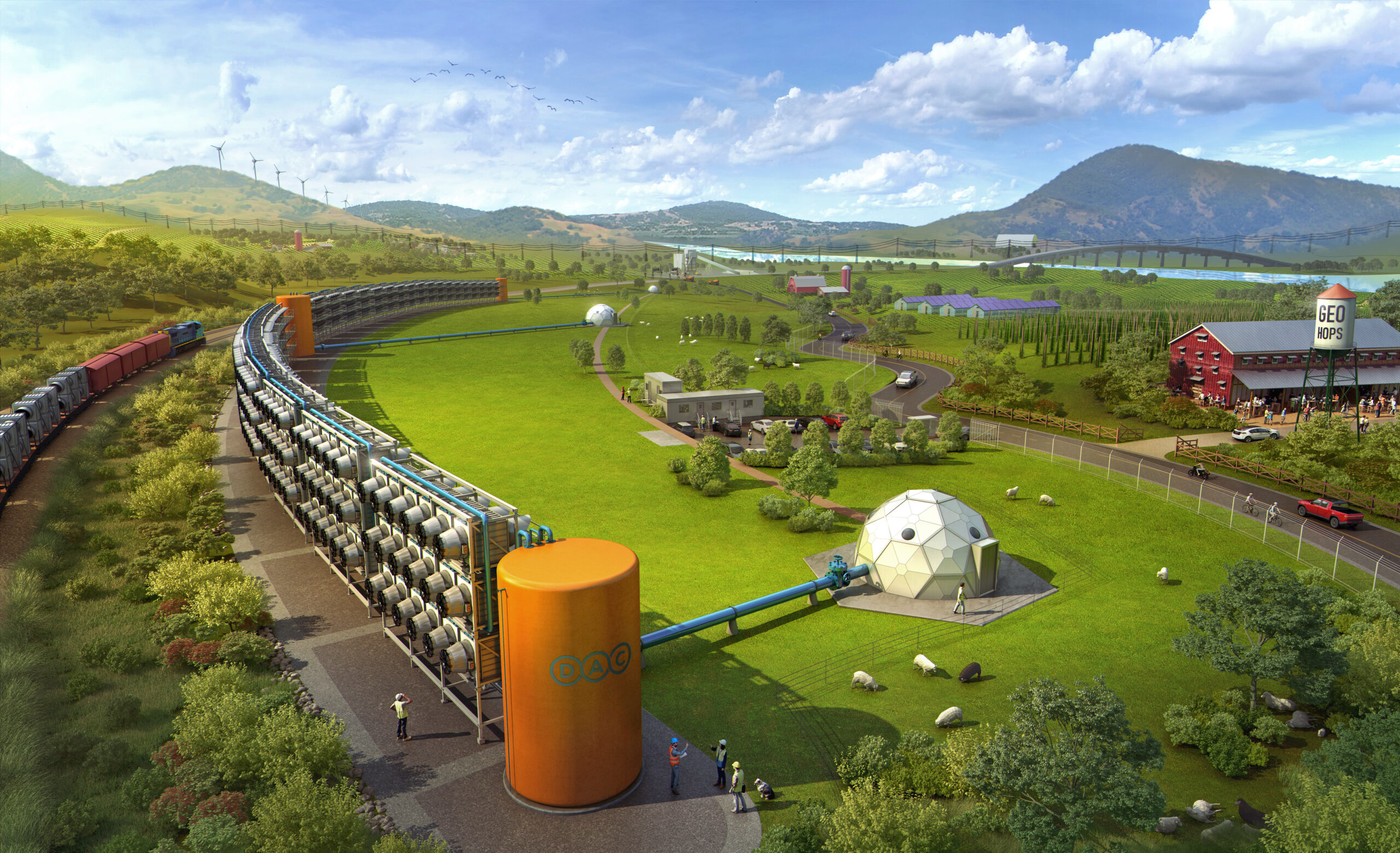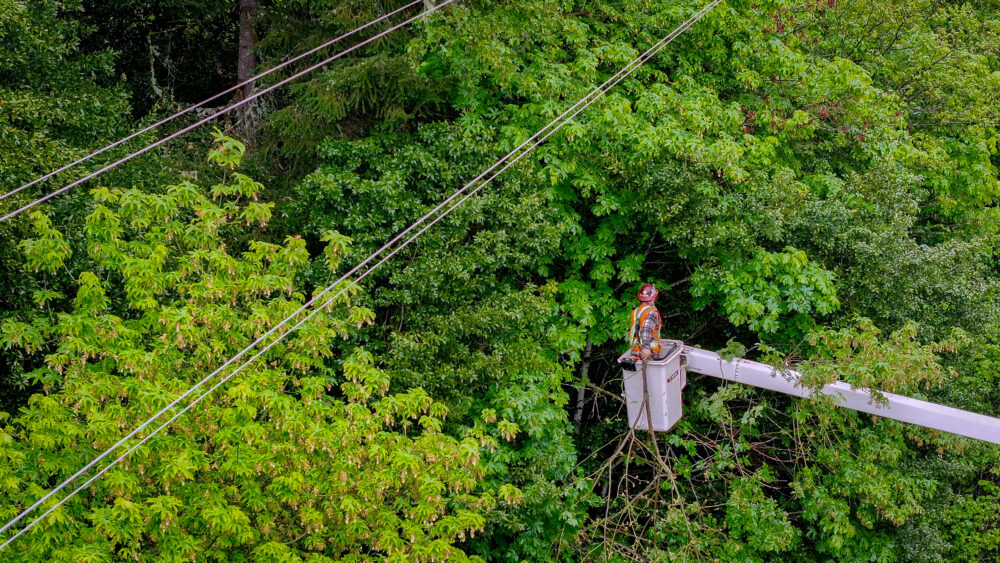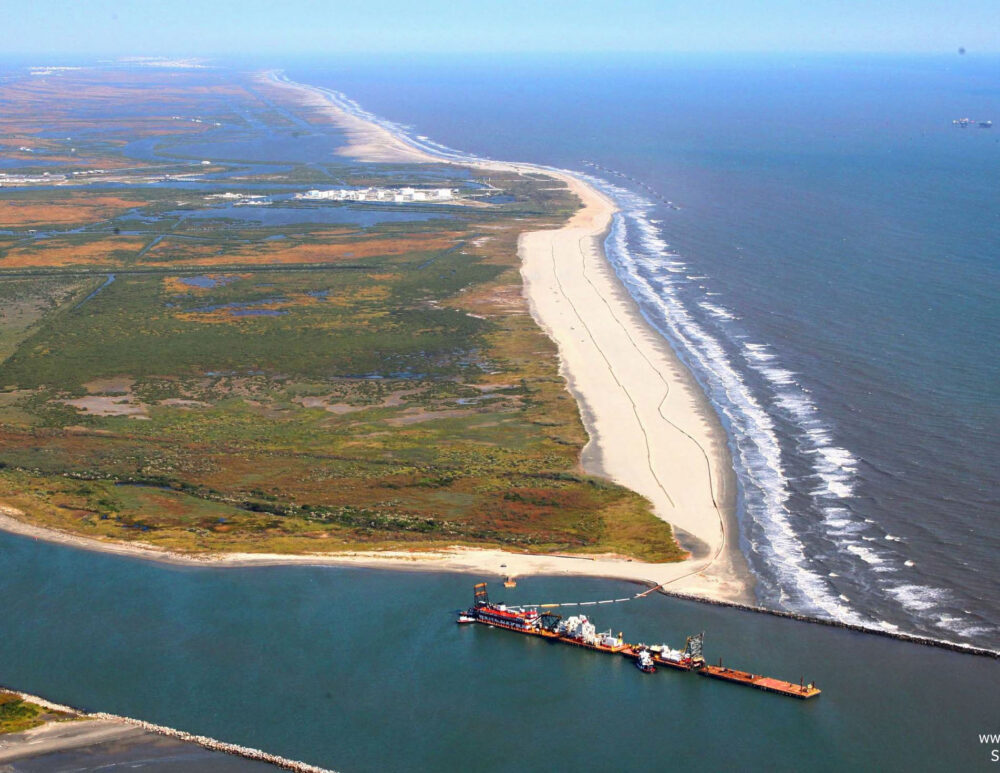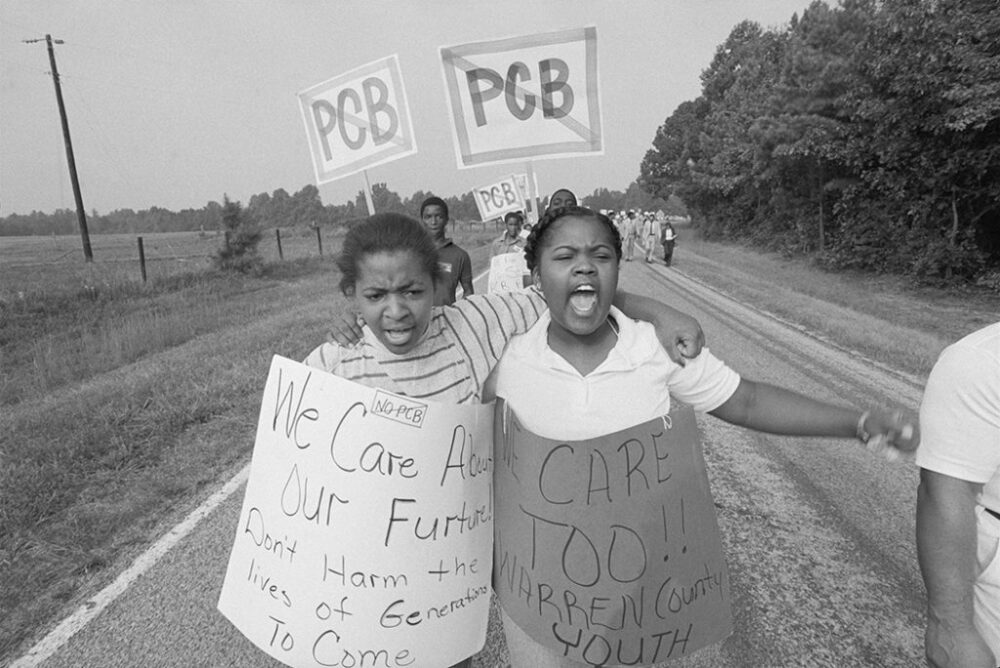We have much more to do and your continued support is needed now more than ever.
Achilles’ Steel: Broadening Horizons in Carbon Dioxide Removal
Carbon dioxide removal has impacts that reach beyond carbon emissions
To prevent the most extreme impacts of climate change – such as devastating hurricanes, intense wildfires, and deadly heat waves – we must all work together to reduce our emissions. However, reducing emissions may not be enough – the majority of scientists agree that it is also necessary to remove excess carbon dioxide (CO₂) from the atmosphere. If you are imagining a giant, cartoonish vacuum hoovering brown smog from the air, you are not too far from the truth! Given the growing interest in carbon dioxide removal, we think it’s time to broaden our focus beyond CO₂ emissions math to look at the more-than-carbon impacts associated with this climate solution.
What is carbon dioxide removal?
Carbon dioxide has been building up in our atmosphere since the Industrial Revolution, overwhelming nature’s ability to remove it all. Carbon dioxide removal (CDR) is a strategy whereby that excess CO₂ is removed from the atmosphere before being permanently stored deep underground or in durable products, like cement. It can be thought of as turning back the clock on emissions to reduce the concentration of CO₂, a greenhouse gas, thereby slowing the rate of warming and limiting the severity of its impacts.

Examples of CDR range from nature-based solutions like reforestation to more novel technologies like direct air capture (DAC). To support these nascent technologies, Congress has recently passed substantial legislation supporting the growing CDR industry, including its $3.5 billion flagship Regional Direct Air Capture Hubs program.
How much CDR do we need?
Large amounts of CDR, including DAC, will be needed to meet U.S. emissions reductions goals. Estimates vary, but one conservative prediction concluded that the U.S. would need to remove 400-1,800 million metric tons of CO₂ every year, or up to the equivalent of the annual emissions of 428 million gas-powered cars. For context, there are 282.4 million vehicles registered in the United States.
Carbon dioxide removal at this scale will require significant amounts of energy and materials. DAC requires high amounts of electric and thermal energy to power the overall process and to heat its components enough to capture and store CO₂. The large-scale manufacturing of chemicals necessary for the capture process requires energy too, resulting in its own environmental impacts. We also need materials to build the DAC plants – primarily cement and steel. For example, the U.S. Department of Energy found that up to 32 Megatons (Mt) of steel would be needed for the buildout of DAC. For context, the Empire State Building was built with 0.054 Mt of steel. That’s a lot of steel!
Recognizing the impacts to people and environment
Steel is a product of iron ore, coal, and limestone. After the raw materials have been mined, they are transported to a smelter where they are melted down and purified; once purified, the steel can be poured into molds, rolled, or cast into the final product. The steel industry is CO₂-intensive, contributing eight percent to overall U.S. industrial emissions. In fact, the industrial facility in the U.S. with the single highest yearly greenhouse gas emissions is a steel plant – U.S. Steel’s Gary Works in Gary, Indiana.
Alongside CO₂ emissions, steelmaking is also highly polluting: arsenic, chromium, lead, and dioxins are also emitted during the manufacturing process. Workers and communities located close to steel mills tend to have higher rates of mesothelioma, an aggressive form of lung cancer typically associated with exposure to asbestos (not a rare thing in steel plants). Those living near steel mills also experience an increased risk of cardiovascular and lung-related illnesses. In light of this, it is worth asking: exactly what goes into steel production, and what are the environmental impacts and environmental justice consequences of that production?

Although many of us come into contact with steel end-products in our daily lives (think of cars, buildings, bridges, domestic appliances, etc.), the risks associated with making those products are not evenly distributed due to where steel mills are historically located. An EPA demographic analysis showed that 28% of people living within five kilometers of steel mills are Black, which is nearly two times higher than the percentage of Black people in the general U.S. population; 78% of Gary, Indiana, residents are Black. These findings are consistent with the claims of the environmental justice movement, which highlight the history of racist practices regarding infrastructure siting in the U.S.
Adding another major steel end-product to the market – direct air capture – is poised to compound the concerns raised about this industry unless they are honestly addressed and intentionally remediated. And if we remain solely focused on CO₂ reductions at the expense of everything else – if we can’t shake ourselves out of “carbon tunnel vision” – then we will not fairly account for the non-carbon tradeoffs that made those reductions possible.
Moving forward
We need a just transition and environmental justice as outcomes for communities across the U.S. who continue to bear the toxic consequences of heavy industry.
If a massive CDR buildout is pursued, there must be no illusions that this pursuit will have substantial environmental impacts in its own right, and that the global climate benefits of the technology are not likely to mean very much to any communities facing heightened toxic pollution. The intersections between direct air capture and industrial steel pollution illustrate why a holistic approach to the energy transition is so important, and why communities must be included in the decision calculus of project developers and advocates of CDR as consenting equals with the agency to decide their own futures.
Cara Thuringer is a 2023 NWF-American University Carbon Removal Justice Fellow and Development Associate at Reactivate, a community solar energy company advancing a just transition in environmental and energy justice communities (LinkedIn).
Jake Ferrell is the Carbon Removal Justice Fellow at the National Wildlife Federation (LinkedIn).





















